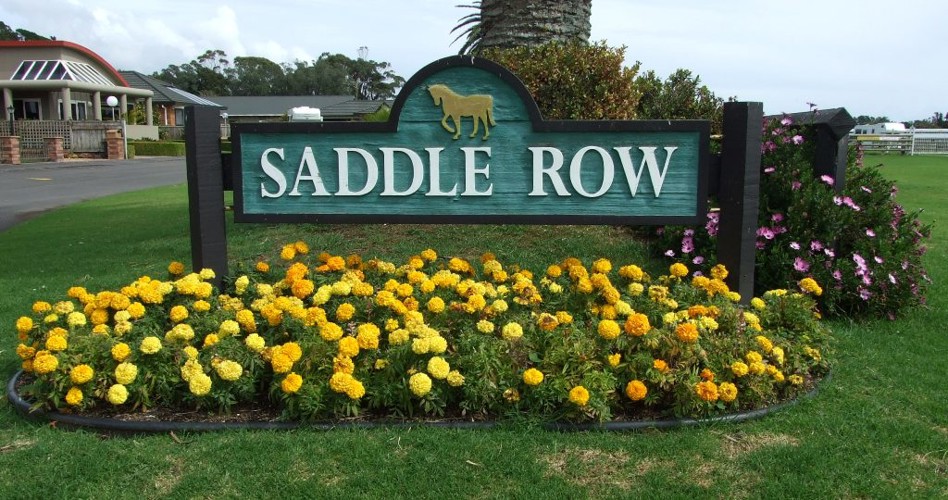 Saddle Row sign (2012). Mike Gooch. Word on the street image collection.
Saddle Row sign (2012). Mike Gooch. Word on the street image collection.
 Saddle Row sign (2012). Mike Gooch. Word on the street image collection.
Saddle Row sign (2012). Mike Gooch. Word on the street image collection.
Saddle Row refers to the important piece of tack that we now find essential for horse riding. A supportive structure for a rider or other load, the saddle is attached to the ridden animal by a girth or other cinching device.
Trish Haill, who has written a useful history of the saddle, and made it available online, points out that in the army of Alexander of Macedonia, which conquered the known world, the cavalry rode bareback. So Alexander would have ridden Bucephalus without a saddle.
The Mongolian hordes of Genghis the Khan used a simple saddle. The Mongolian saddle is very tall, with a wooden frame. Since it allows marginal control of the horse’s gait, the horse decides the gait on its own in most situations, while the rider is occupied with other tasks.
The Roman army developed a saddle with four upright horns, but without stirrups. Thigh pressure allowed the Roman military rider to hold himself upright and wield a shield, and sword, bow or spear without holding on to the reins.
The further development of the saddle for military use included the use of stirrups. A standing position allowed a spear thrower or archer to take better aim,
However, the saddle for which Saddle Row was named was not the military saddle. This style developed into what is now known as the Western saddle. Used for working with stock, it features a horn for tying off a rope.
The other style, the English saddle, is designed to allow freedom of movement for the horse. This is the style used in horse racing and other equestrian sports, and is the saddle brought to mind in the naming of this short street near New Plymouth’s race course.
This story was originally published in the Taranaki Daily News.
Please do not reproduce these images without permission from Puke Ariki.
Contact us for more information or you can order images online here.